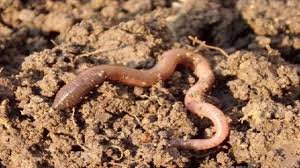What scientists are learning from worms About Living a stronger and longer life (Part 2)

To better understand how cellular interactions changed with age, Xu and colleagues studied compounds in which motor neurons communicate with muscle tissue.
They identified a molecule called SLO-1 (for "member of the family of slow-thrust potassium channels") that acts as a regulator for these communications. The molecule attenuates the activity of neurons, slowing neuronal signals to muscle tissue and reducing the motor function.
Researchers manipulated SLO-1, first using genetic tools, then using a drug called paxillin. In both cases, they have seen two main effects in roundworms. Not only did they maintain a better motor function later in life, but they lived longer than usual clay.
"It is not necessarily ideal to have a longer lifespan without improving health or strength," said Xu, a professor of molecular and integrative physiology at U-M Medical School. "But we discovered that the interventions improved both parameters: these worms are healthier and live longer."